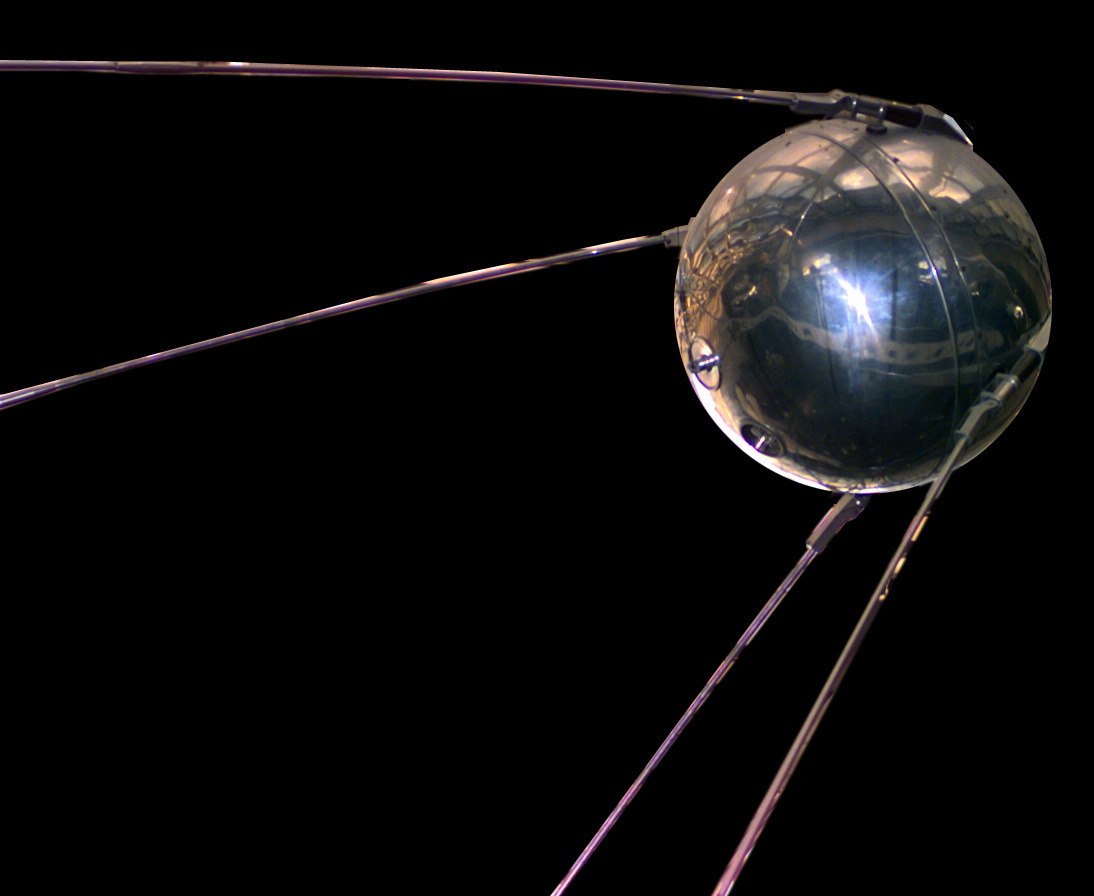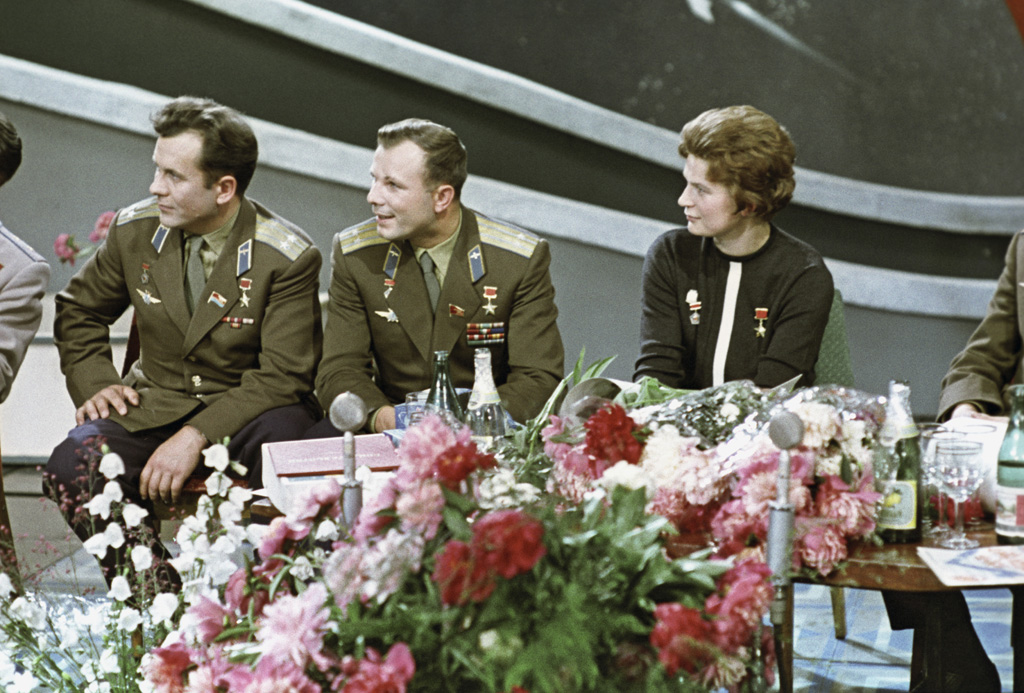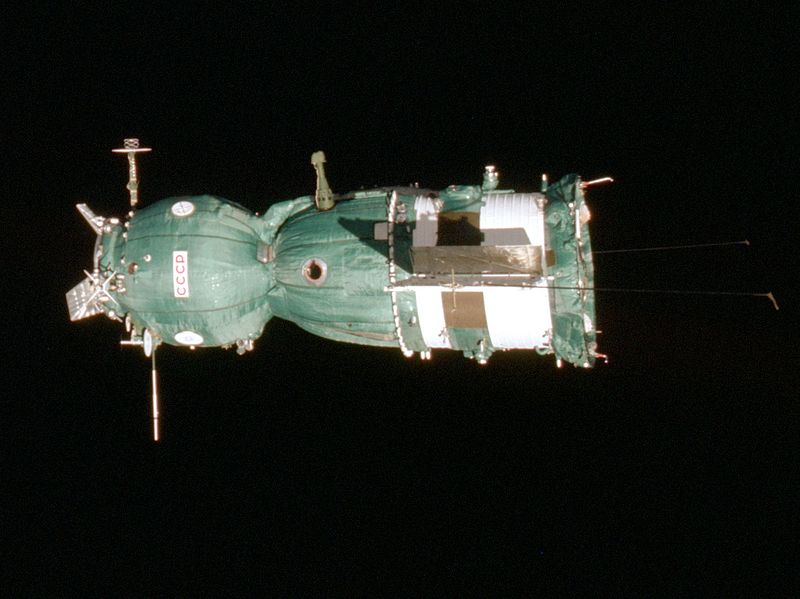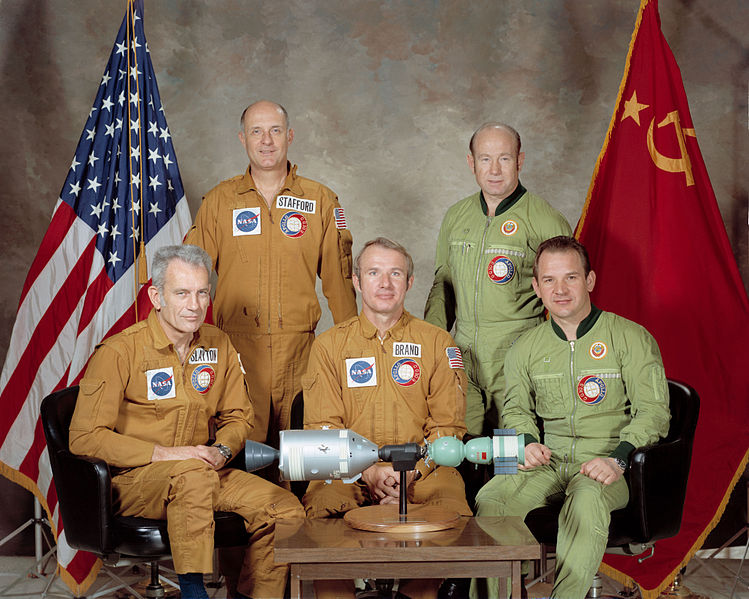The Space Race
From 1957 to 1975 the United States and the Soviet Union fought a war without bullets (but still with deaths). It was the race for space, a competition not only for the control of space but a real clash between two ideologies. In less than 20 years, humanity was able to go out of its birthplace and dream of space conquest. Quite ironically, peace greatly slowed this race for the star. Let’s dive into this adventure made of heroes and engineers, “поехали!”(“let’s go”) like Gagarin said before the flight that made him famous.
Probably one the most exciting adventure of the XXst century. The Space race took place between the United States and the Soviet Union. It was a competition between Engineers and scientists of both sides, and it all started… from the military. Both countries were looking for new ways to send each other some nukes. Their research programs were inspired by the Germans V2 weapons of the Second World War (and they also “took” some of the German scientists wo made it to work on their respective project). Sending satellites was already in the boxes for a long time, but the cost of it was often dissuading (and they didn’t see any strategic advantages).
But it all changes the 4th of October 1957, in the newly built base of Baïkonur in nowadays Kazakhstan. The team of Korolev had been working on intercontinental ballistic missile launchers, and it’s using one of those that they launched the first artificial satellite from earth, Sputnik-1 (which means “companion” or “satellite”). The repercussion, both political and on the opinion, were colossal. The excitement of this success in the USSR was comparable to the deception felt in the USA. The first battle of this war was a Soviet victory. This first satellite had very basic instruments on-bor$ard, mainly to measure things like temperature or pressure.

The Soviet did it again one month later by sending the first being in orbit, Laika, a female dog. Unfortunately for her, this satellite was quickly made to celebrate the 40th birthday of the revolution, and she died, probably of heat due to some misconception, inside the satellite during the flight. Nevertheless, it showed that inhabited flight was possible. The following years the two superpowers invested massively in space exploration and both got several achievements.
On the 12th of April 1961, The USSR bit the USA a second time by sending the first human into space (and bringing him alive by the way). Youri Gagarin then became a national and international hero. The test pilot was chosen among several other pilots for… being small (1.60 m). And I still don’t know why they needed a pilot since he did more or less no piloting, everything was commanded from Baikonur. For the anecdote, he didn’t land with his capsule but was ejected 7 km above the earth and continued with a parachute. Becoming a hero in a few days, he was forbidden to fly, fearing he would die in a crash… Which he unfortunately did, he convinced his chef to let him flight again and die 7 years later in the crash of his Mig-15.

Did you know? There are two different words to designate people traveling in space in Russian and in English, respectively cosmonaut and astronaut (and now way for Europeans, Chinese and Indians). It’s the only work that uses different terms depending on the nationality of the person. Ironic considering that space is literally borderless.
Death is also a part of this race. You already know Laika, the first animal to go to space, many other dogs died for space exploration. And in 1967, for the first inhabited flight of the Soyuz spacecraft (further versions of this spacecraft are still used to service the International Space Station), it had a problem while re-entering the atmosphere and crashed at full speed, killing the Cosmonaut Vladimir Komarov. He is the human to die during a space mission. One of the reasons for this tragedy is the haste of the Soviets in order to stay ahead of the Americans.

The first real failure for the Soviet Union happened when Neil Armstrong became the first human to walk on the moon. The success of the Apollo mission was a kind of revenge for Sputnik. Nevertheless, the race continued, and after the first man on the moon, the Soviet sent the first robot (and the expertise gained will then be used in other circumstances, especially during the Chernobyl catastrophe). They also launched the first orbital station “Salyut 1”, which paved the way to the International Space Station.
The “Space Race” officially ends in July 1975 with the Apollo-Soyuz mission. A co-joined mission of the two great powers, two spaceships, one American and the other Soviet, docked in space. The crews exchanged gifts and visited each others spacecraft. They conducted scientific experiments and spoke in each other language.

With the success of the co-joint mission started a kind of cooperation (they were still enemies, but a bit less). During this time, new space powers emerge such as Europe (European in space are called Spacionauts) or China (Chinese in space are called Taikonaut). If you want to learn more about all those great deeds and way more, you should visit the Museum of Cosmonautics in Moscow, there you can find different reproductions of satellites and rockets and even a real size Soyuz spacecraft!
Discover more of Russia on TSAR VISIT!







